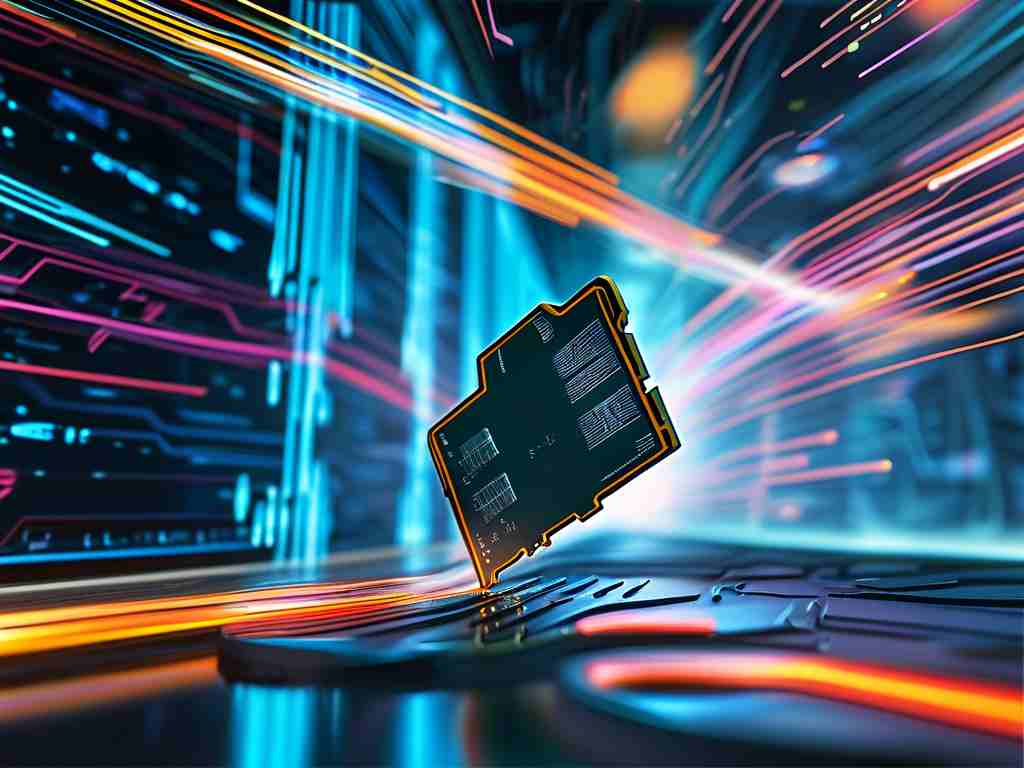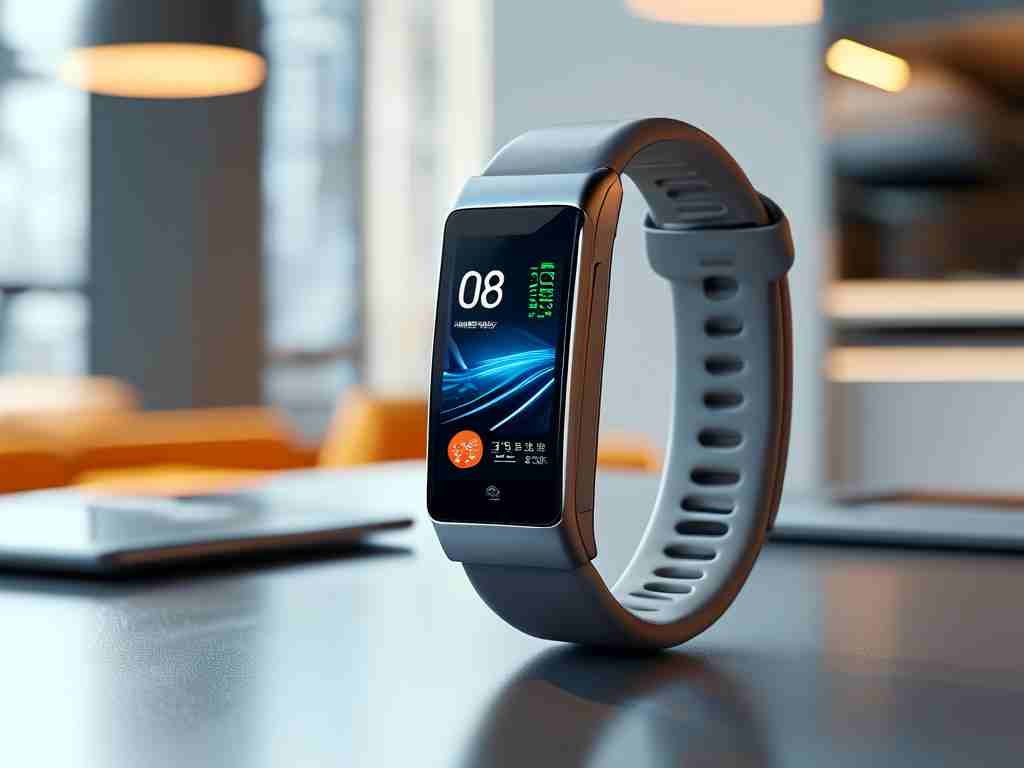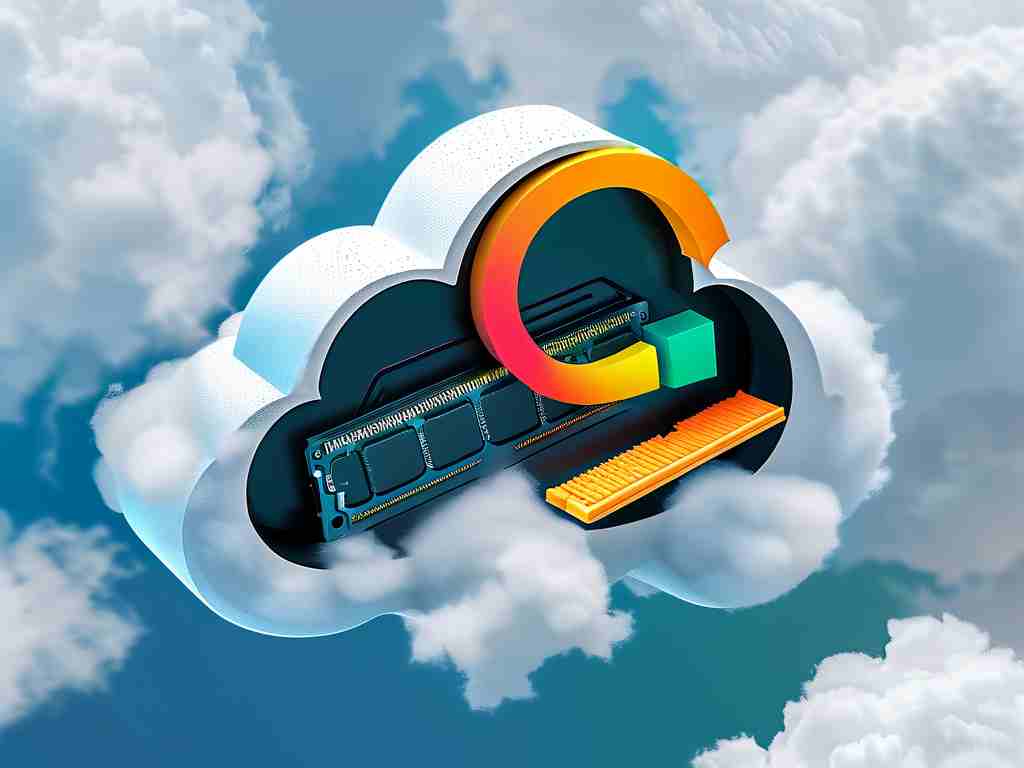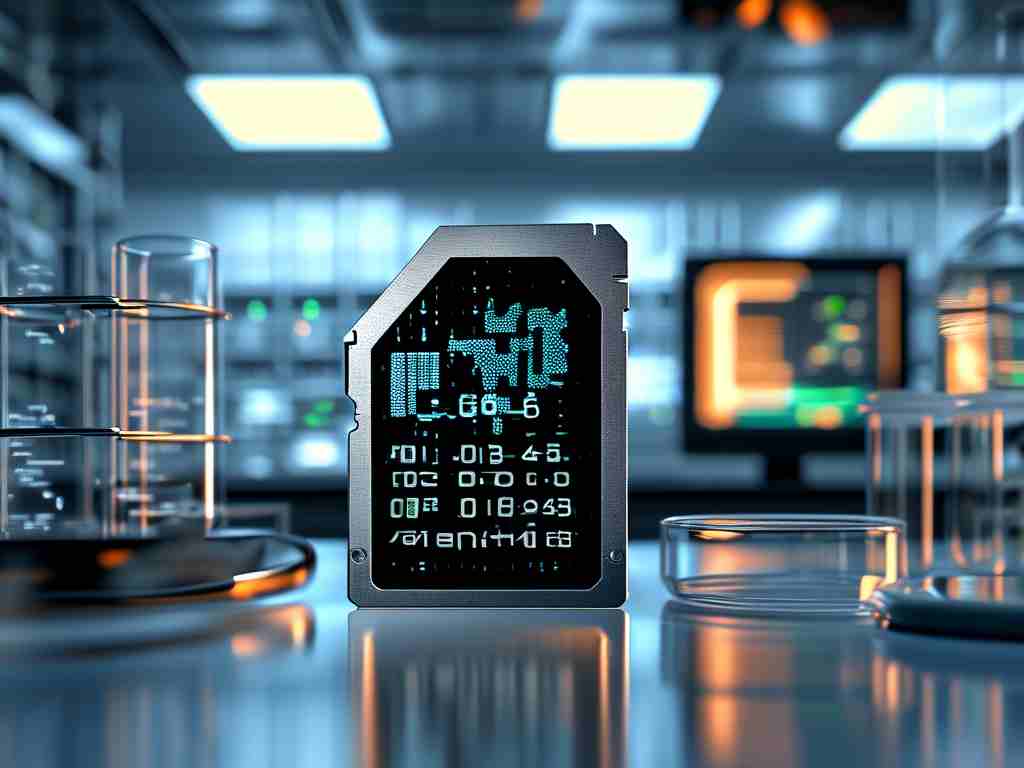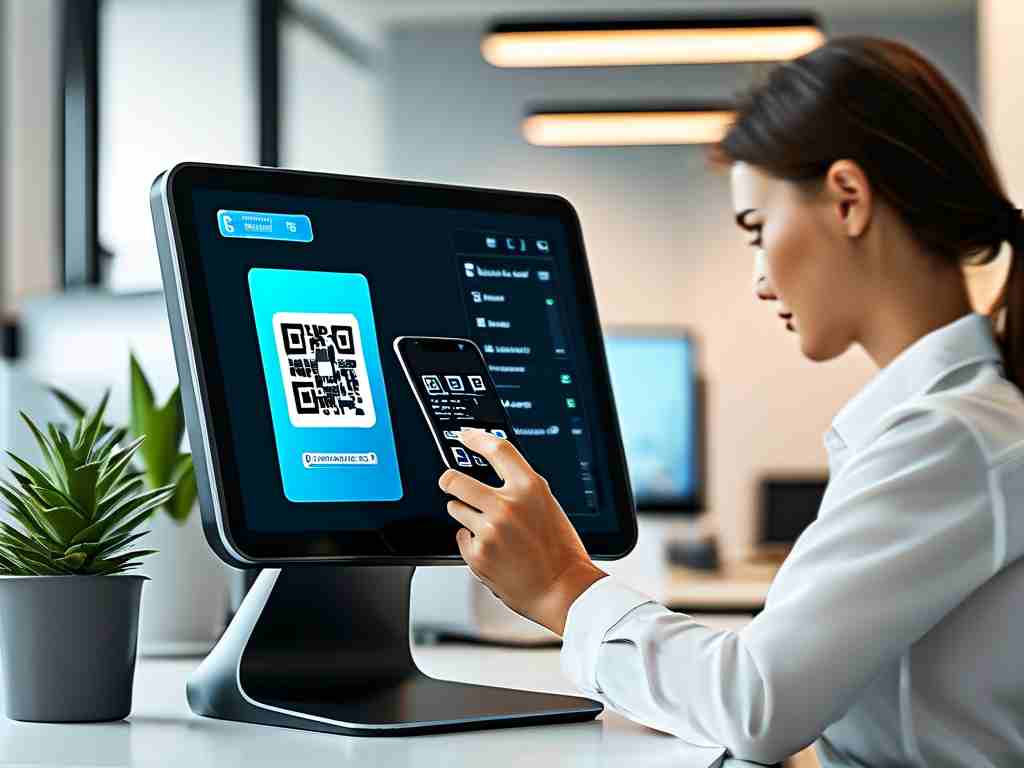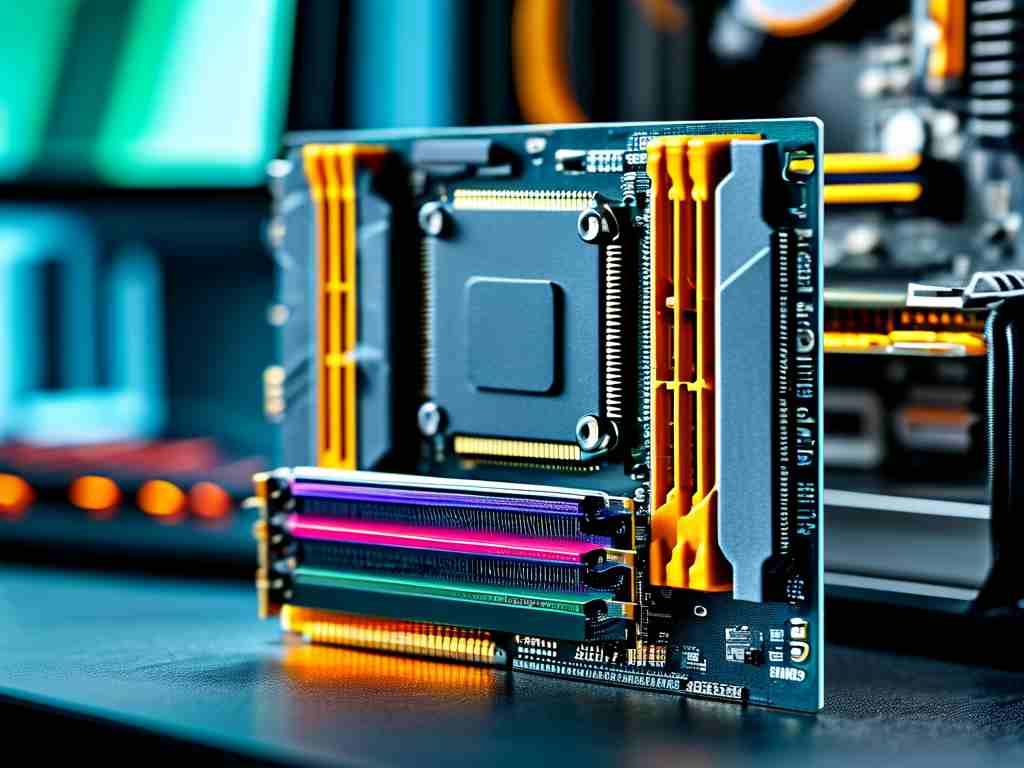Delphi7, released in 2002 by Borland, remains a cornerstone in the realm of database-driven application development. Despite its age, its robust architecture, rapid application development (RAD) capabilities, and seamless integration with databases make it a viable choice for maintaining legacy systems and even prototyping modern solutions. This article explores the technical foundations of Delphi7 database development, practical engineering strategies, and real-world use cases to demonstrate its enduring relevance.
Core Technologies in Delphi7 Database Development
Delphi7's strength lies in its component-based design and native support for multiple database systems. Key technologies include:
- Database Connectivity: Delphi7 supports ODBC, ADO (ActiveX Data Objects), and BDE (Borland Database Engine), enabling connectivity with SQL Server, Oracle, MySQL, and more. The
TDatabase,TTable, andTQuerycomponents simplify SQL operations and transaction management. - Data-Aware Controls: Components like
TDBGridandTDBEditallow developers to bind UI elements directly to datasets, reducing boilerplate code. - Client-Server Architecture: Delphi7 excels in client-server applications, leveraging MIDAS (Multi-tier Distributed Application Services) for scalable distributed systems.
- Reporting Tools: Tools like Rave Reports integrate seamlessly, enabling dynamic PDF/Excel report generation from datasets.
A standout feature is the dbExpress framework, a lightweight, cross-platform database access layer that optimizes performance for high-volume transactions.
Engineering Best Practices
While Delphi7 is powerful, its effective use demands adherence to engineering principles:

- Modular Design: Decouple database logic from UI using data modules (
TDataModule). This enhances maintainability and facilitates unit testing. - SQL Optimization: Use parameterized queries (
TQuery) to prevent SQL injection and improve execution plan reuse. For complex operations, stored procedures are recommended. - Error Handling: Implement robust exception management with
try...exceptblocks, especially around database transactions, to ensure data integrity. - Legacy System Modernization: Wrap legacy Delphi7 modules as COM objects or REST APIs to integrate with newer frameworks like .NET or Node.js.
Case Study: Inventory Management System
A manufacturing firm migrated a 20-year-old inventory system from Delphi7 to a hybrid architecture. Key steps included:
- Database Migration: Converted BDE-linked Paradox tables to Firebird SQL using
IBXcomponents. - UI Modernization: Retained core business logic in Delphi7 but added a web-based frontend using Angular, communicating via HTTP APIs.
- Performance Tuning: Optimized SQL queries and introduced caching using
TClientDataSet, reducing load times by 40%.
This project highlights Delphi7's adaptability in bridging legacy and modern ecosystems.
Challenges and Solutions
- Deprecated Components: BDE is no longer supported. Solution: Migrate to FireDAC or UniDAC third-party libraries.
- Windows-Centric Limitations: Delphi7 lacks native cross-platform support. Workaround: Deploy as a backend service on Linux using Wine or Kubernetes.
- Scalability: For cloud-native applications, encapsulate Delphi7 modules as microservices.
Future Outlook
While Delphi7 is not cutting-edge, its stability keeps it relevant in industries like banking, healthcare, and logistics. Embarcadero's modern Delphi versions (e.g., Delphi 11) offer mobile and cloud support, but Delphi7's lightweight footprint and low hardware requirements ensure its survival in niche environments.

Delphi7 database development thrives where reliability and rapid iteration outweigh the need for modern UI/UX. By combining its mature ecosystem with strategic engineering practices-modularization, API wrappers, and query optimization-developers can extend the lifespan of Delphi7 applications while gradually modernizing them. For teams entrenched in legacy systems, Delphi7 is not a relic but a bridge to the future.
Word count: 1,028


